Paprika and smoked paprika are both red spice powders made from dried peppers, but they differ significantly in production method and flavor. Regular paprika is simply dried and ground peppers, offering a mild, sweet taste, while smoked paprika is made by smoking the peppers over wood fires before grinding, resulting in a deep, smoky flavor. This fundamental difference makes each ideal for different dishes—regular paprika for subtle color and mild flavor, smoked paprika for rich, barbecue-style dishes.
Introduction
If you're a spice lover, you've probably come across the terms paprika and smoked paprika in recipes or on grocery store shelves. Understanding their differences is key to elevating your cooking. This guide explains everything from production methods to practical uses, helping you choose the right spice for any dish.
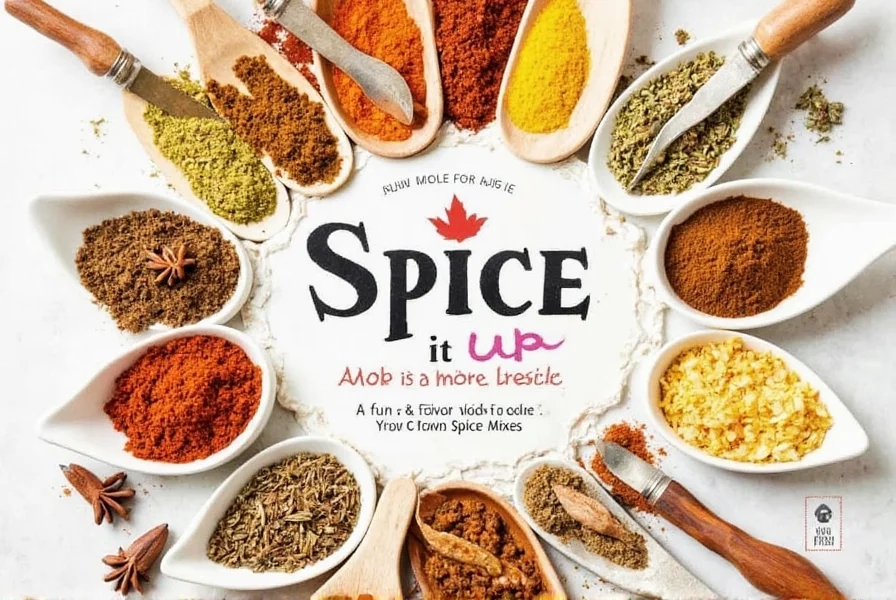
What Is Paprika?
Paprika is a vibrant red powder made from ground dried peppers, primarily sweet bell peppers. It has been used for centuries in European and Middle Eastern cuisines, especially in dishes like Hungarian goulash, Spanish chorizo, and Italian sausages. The flavor is mild and slightly sweet, making it a versatile ingredient that can enhance both savory and sweet dishes.
There are several types of paprika:
- Regular paprika: The most common type, with a mild, sweet flavor.
- Bell pepper paprika: Made from fully ripe red bell peppers, it has a more intense flavor.
- Hot paprika: Contains some heat, often used in chili-based dishes.
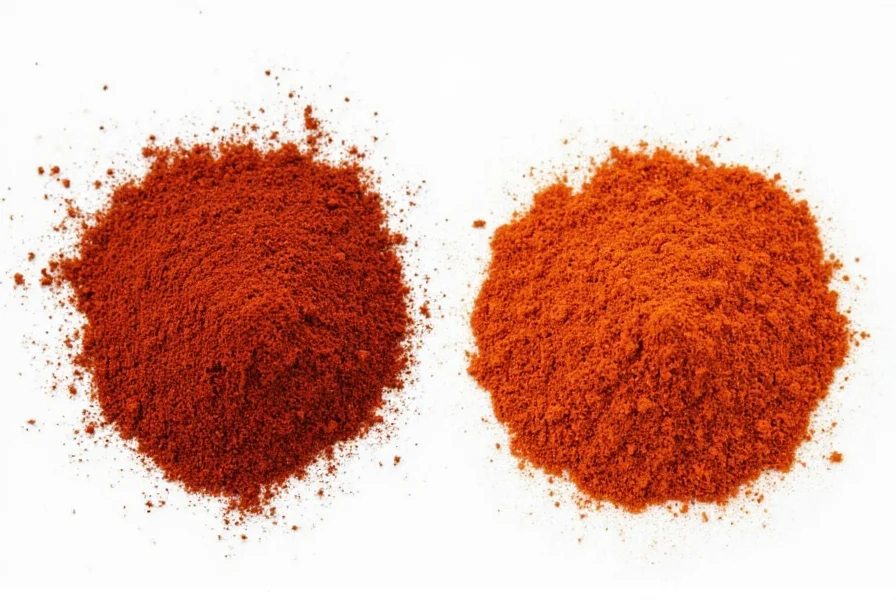
What Is Smoked Paprika?
Smoked paprika, also known as pimentón in Spain, is made by smoking dried peppers over wood fires before grinding them into a powder. This process gives it a rich, smoky flavor that can't be replicated with regular paprika. It's commonly used in Spanish and Portuguese cuisine, particularly in dishes like paella, chorizo, and roasted vegetables.
Smoked paprika comes in different varieties based on the level of smoke and heat:
- Smoked sweet paprika: Milder and less intense, great for adding color and subtle smokiness.
- Smoked hot paprika: Adds a fiery kick along with the smoky depth.
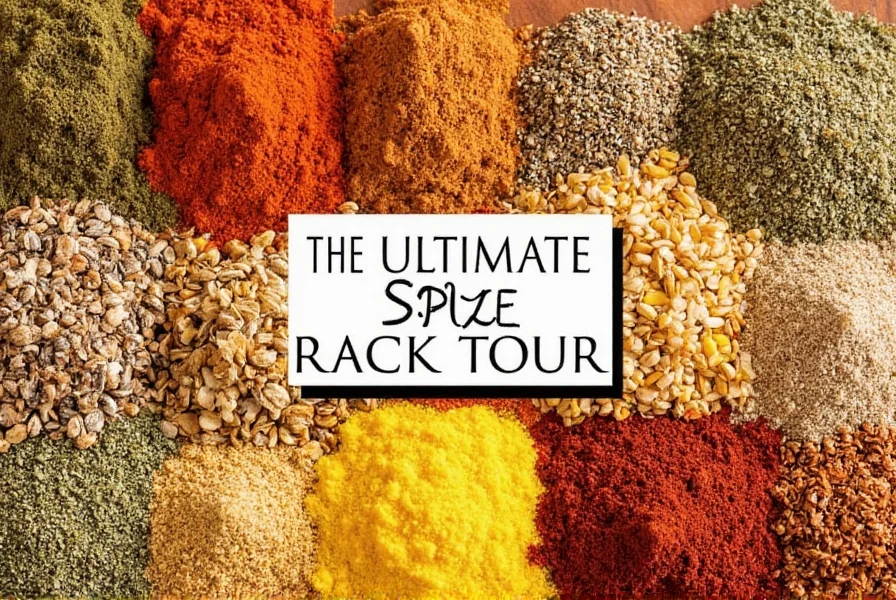
Key Differences Between Paprika and Smoked Paprika
To help you distinguish between the two, here’s a quick comparison table:
| Feature | Paprika | Smoked Paprika |
|---|---|---|
| Production Method | Dried and ground peppers | Peppers smoked over wood fires before grinding |
| Flavor Profile | Mild, slightly sweet | Rich, smoky, deep |
| Heat Level | Generally mild (can be hot) | Varies from mild to spicy |
| Use Cases | Seasoning meats, soups, stews, baked goods | Enhancing grilled foods, sauces, charcuterie, Spanish dishes |
| Texture | Fine, smooth | Fine, sometimes slightly coarser |
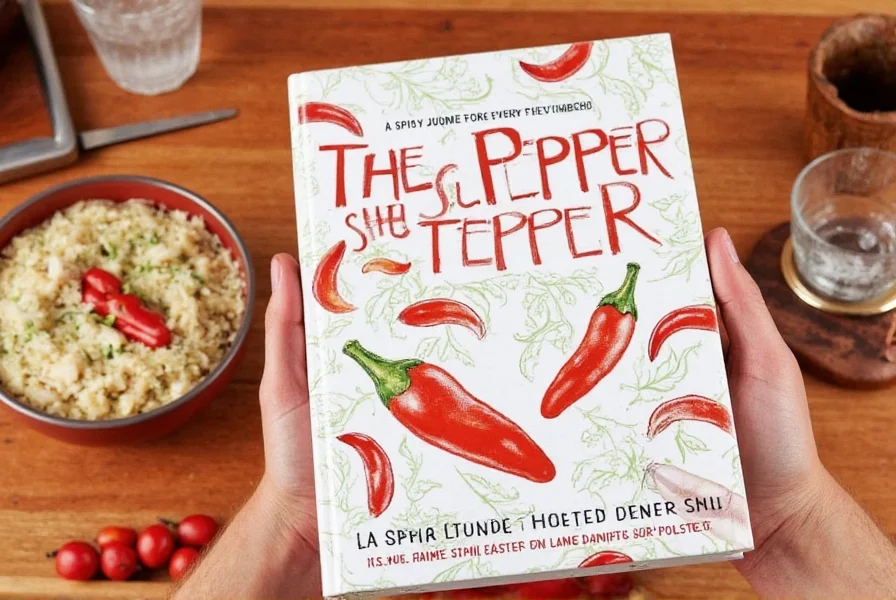
Practical Tips for Using Both
Now that you know the basics, here are some practical tips for using both paprika and smoked paprika in your cooking:
- For a mild flavor: Use regular paprika in dishes like chicken cacciatore or tomato sauces.
- For a smoky twist: Add smoked paprika to grilled vegetables, roasted potatoes, or even coffee drinks for an unexpected flavor boost.
- When substituting: If a recipe calls for smoked paprika and you only have regular paprika, you can add a pinch of smoked salt or liquid smoke to mimic the smoky effect (use liquid smoke sparingly).
- Storage: Keep both spices in airtight containers away from heat and light to preserve their potency.
- Cooking with heat: Use hot paprika or smoked hot paprika sparingly, as they can overpower a dish if used in excess.
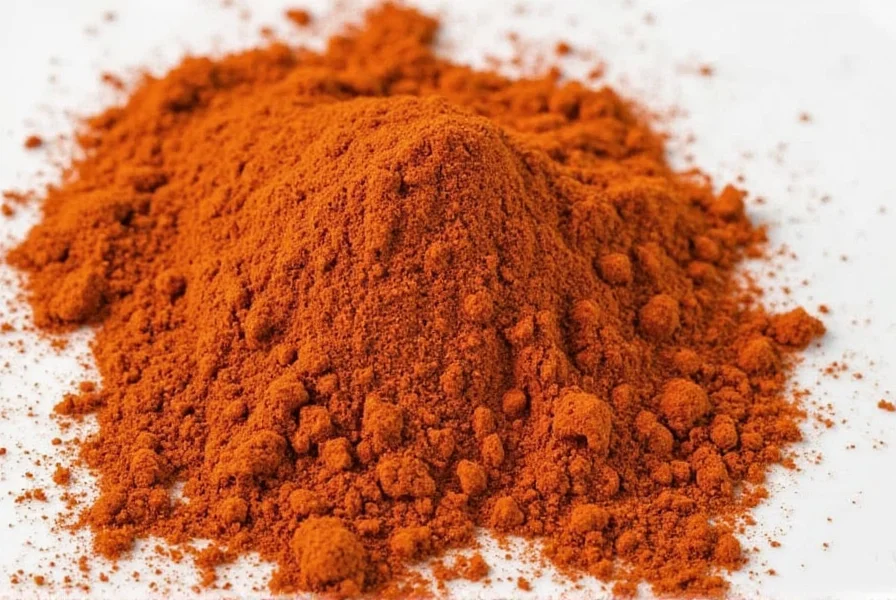
Buying Guide: Choosing the Right Paprika for Your Needs
Choosing the right type of paprika depends on your cooking style and the flavors you want to achieve. Here's a detailed buying guide to help you decide:
Regular Paprika
Features: Mild, sweet, and versatile. Ideal for everyday cooking.
Advantages: Great for beginners and those who prefer a gentle flavor.
Use Cases: Seasoning meats, soups, stews, and baked goods.
Target Audience: Home cooks and casual chefs looking for a reliable spice.
Suitable Occasions: Everyday meals, family dinners, and holiday baking.
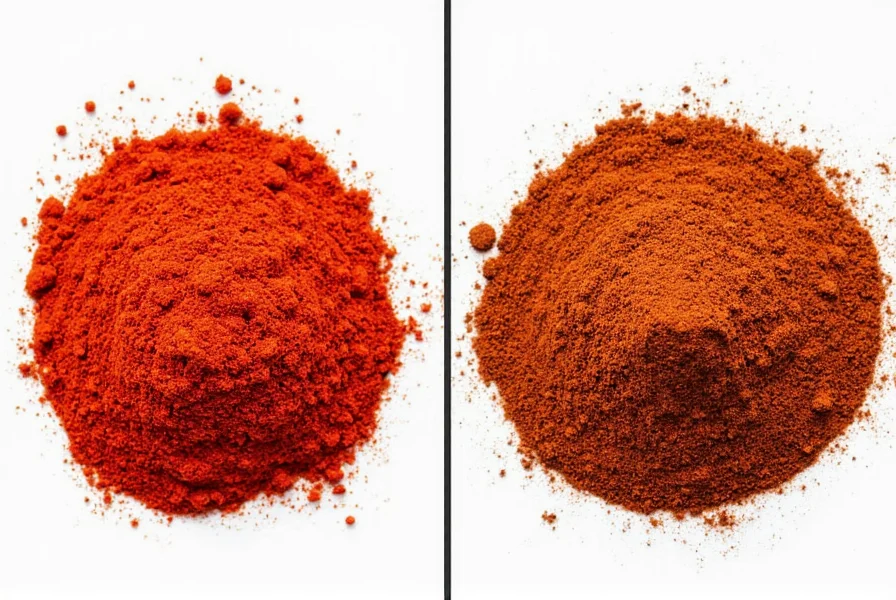
Smoked Paprika
Features: Rich, smoky, and deeply flavorful. Often associated with traditional Spanish and Portuguese dishes.
Advantages: Adds depth and complexity to dishes without needing extra seasoning.
Use Cases: Grilled meats, sauces, dips, charcuterie boards, and authentic Spanish recipes.
Target Audience: Serious home cooks and professional chefs.
Suitable Occasions: Special occasions, barbecues, and gourmet cooking.
Conclusion
The difference between paprika and smoked paprika lies in their production methods and flavor profiles. While paprika offers a mild, sweet taste that enhances many dishes, smoked paprika brings a deep, smoky richness that elevates grilled and hearty meals. Understanding these differences allows you to make smarter spice choices and unlock new dimensions of flavor in your cooking.
Whether you're a seasoned chef or a curious foodie, experimenting with both types of paprika can open up exciting new possibilities in your kitchen. So next time you're reaching for a spice jar, ask yourself: do I want a little sweetness or a whole lot of smokiness? The answer might just change the way you cook forever.
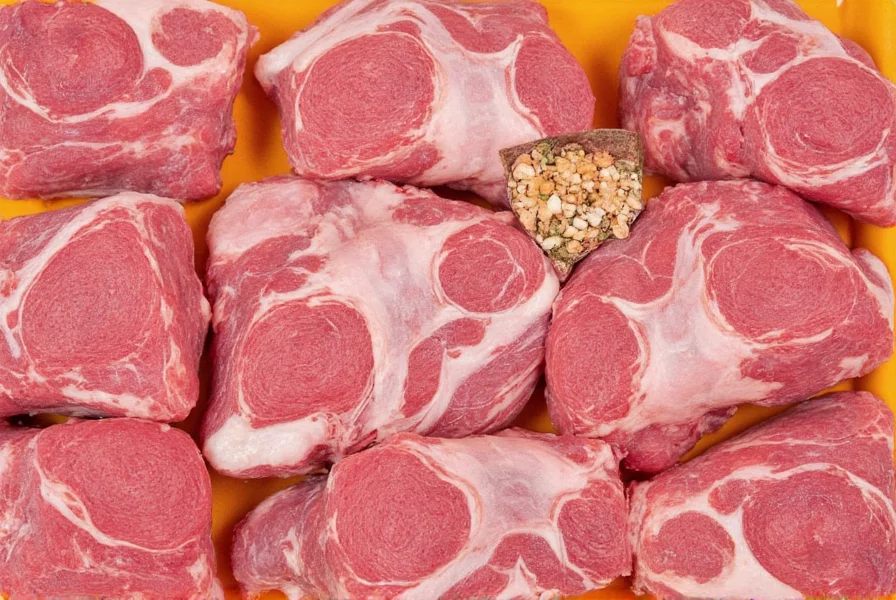

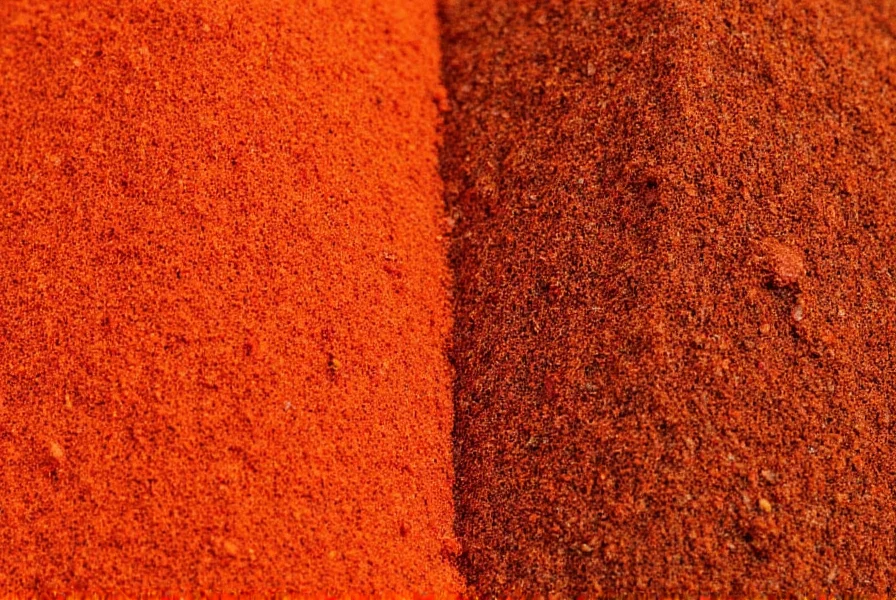









 浙公网安备
33010002000092号
浙公网安备
33010002000092号 浙B2-20120091-4
浙B2-20120091-4